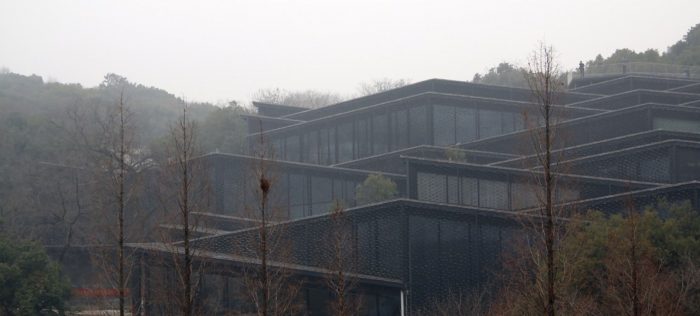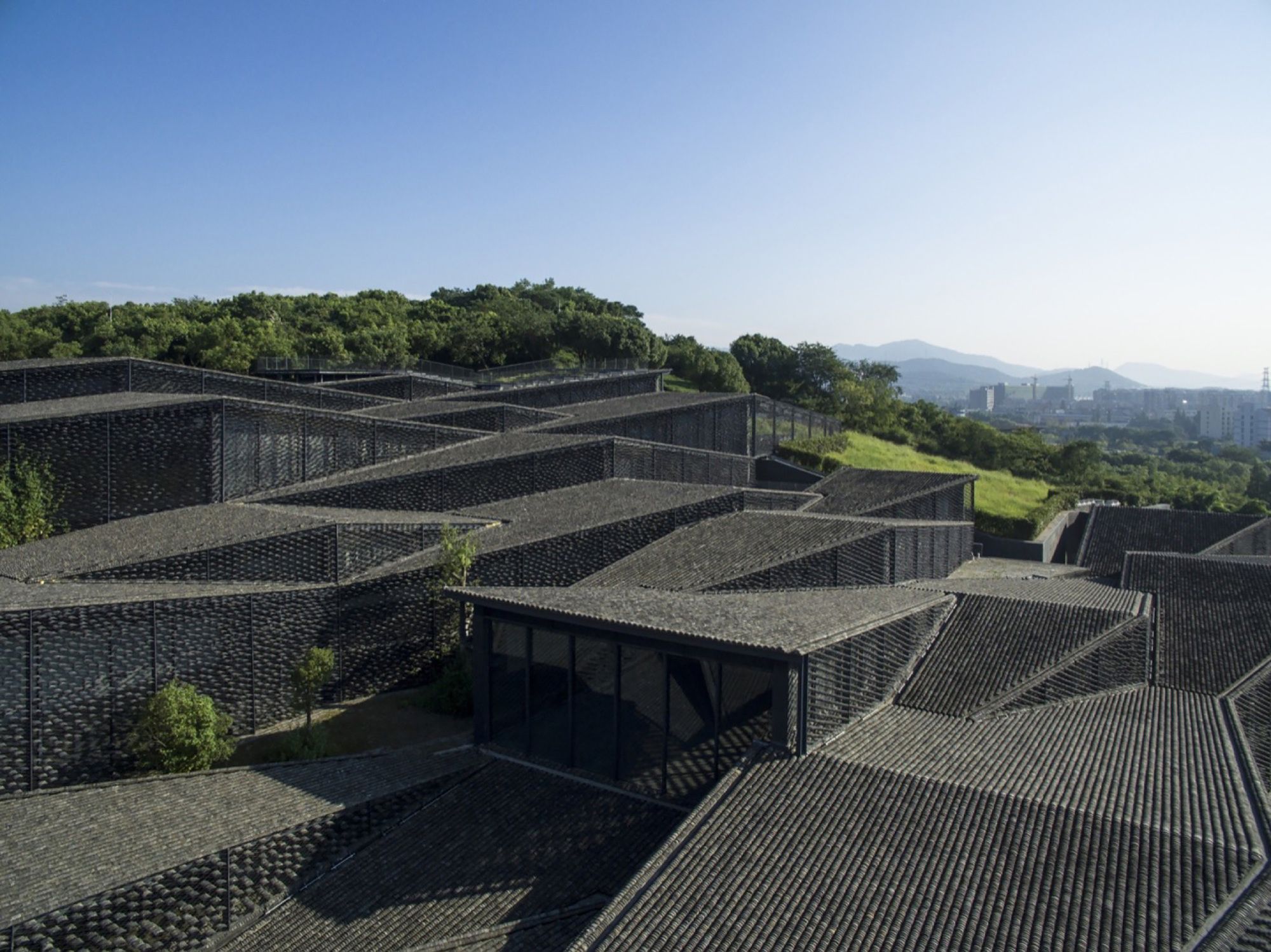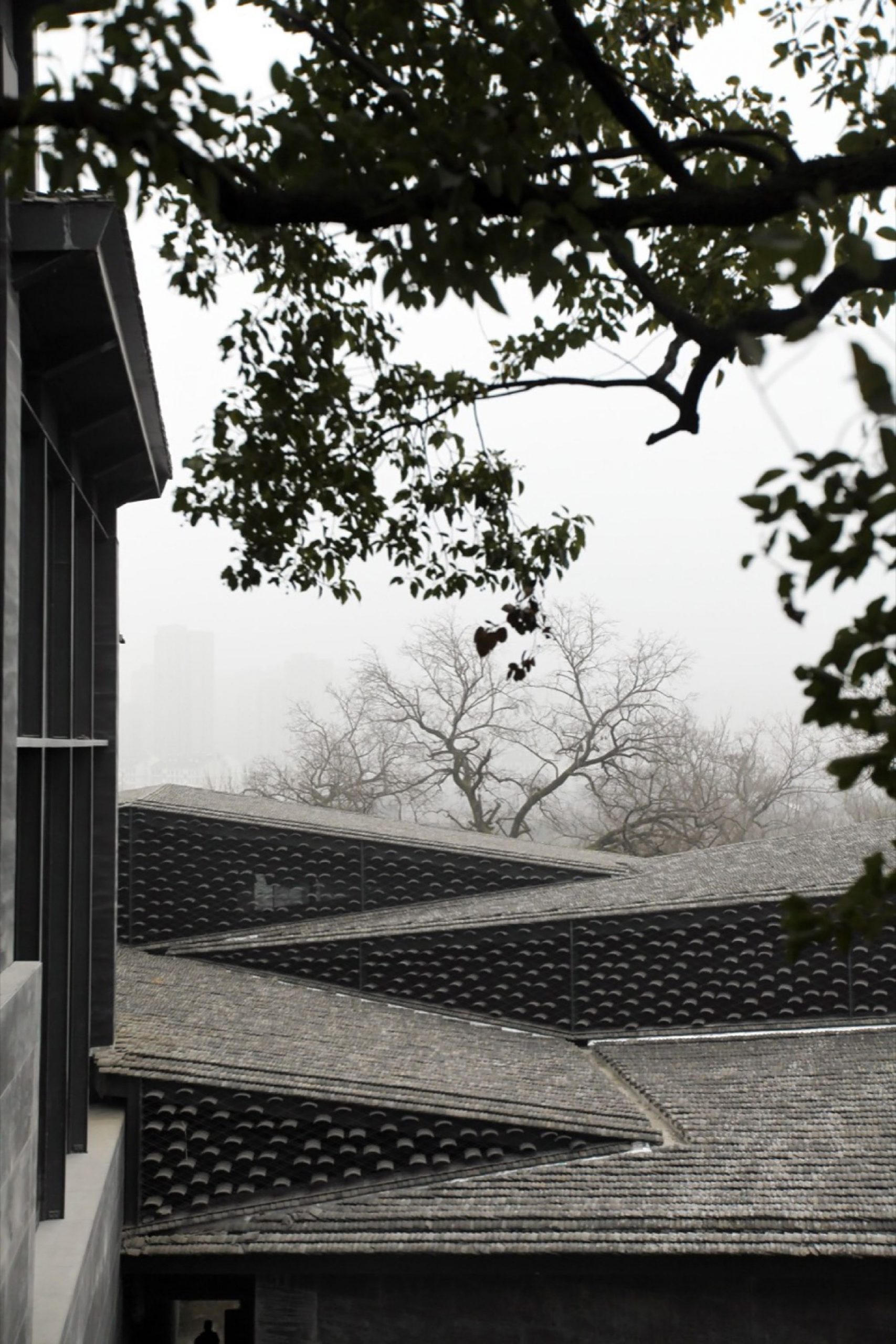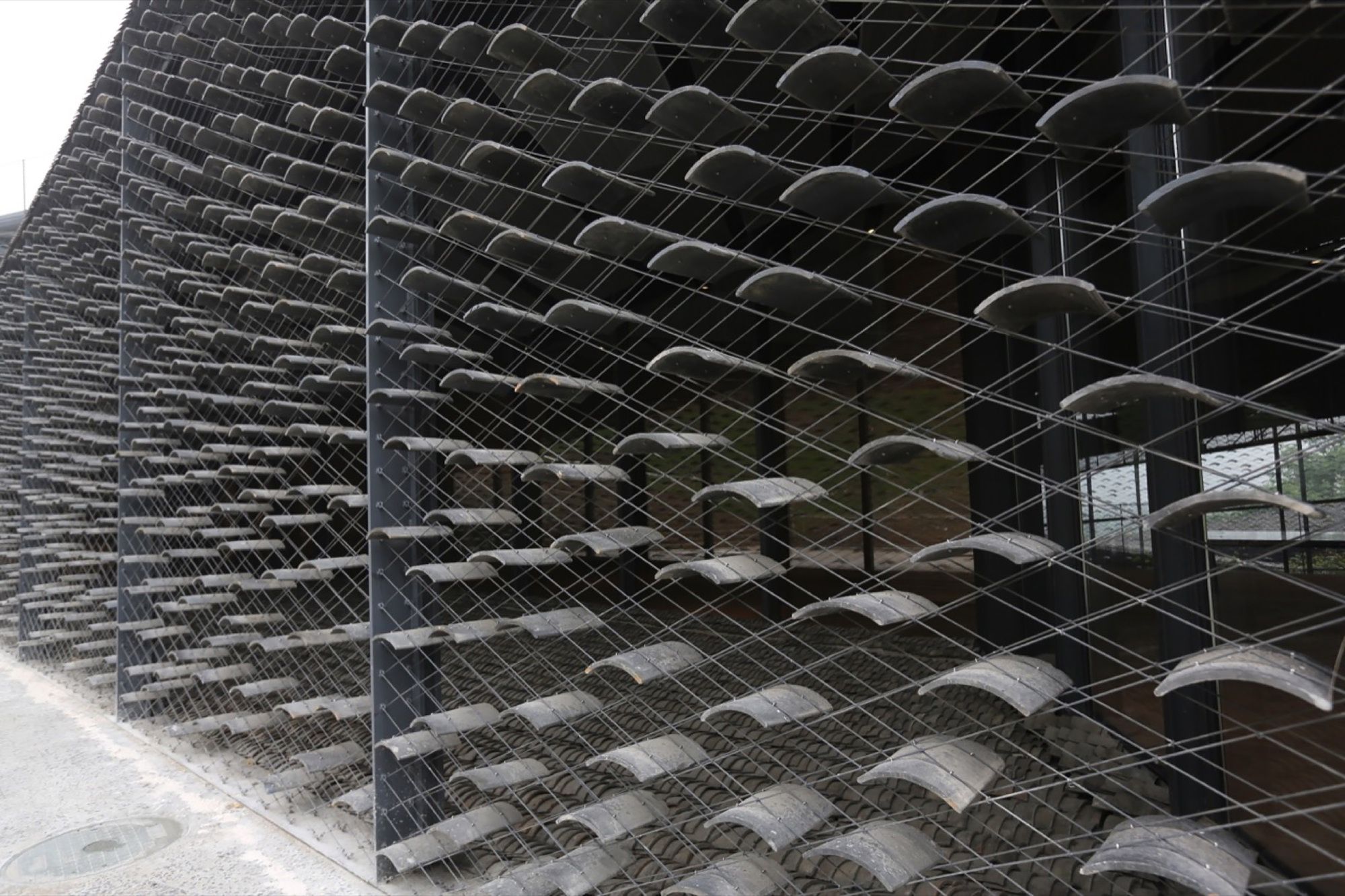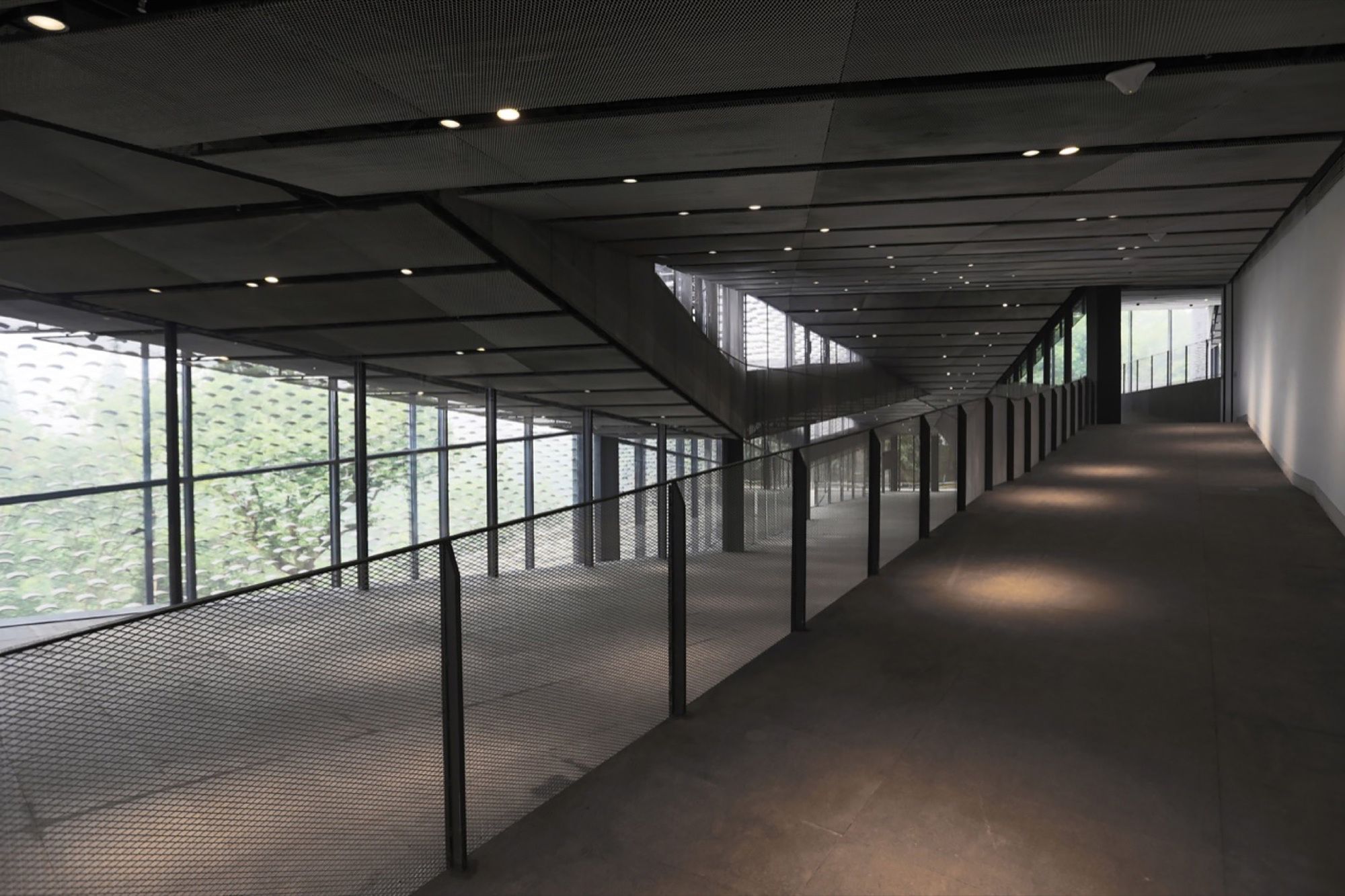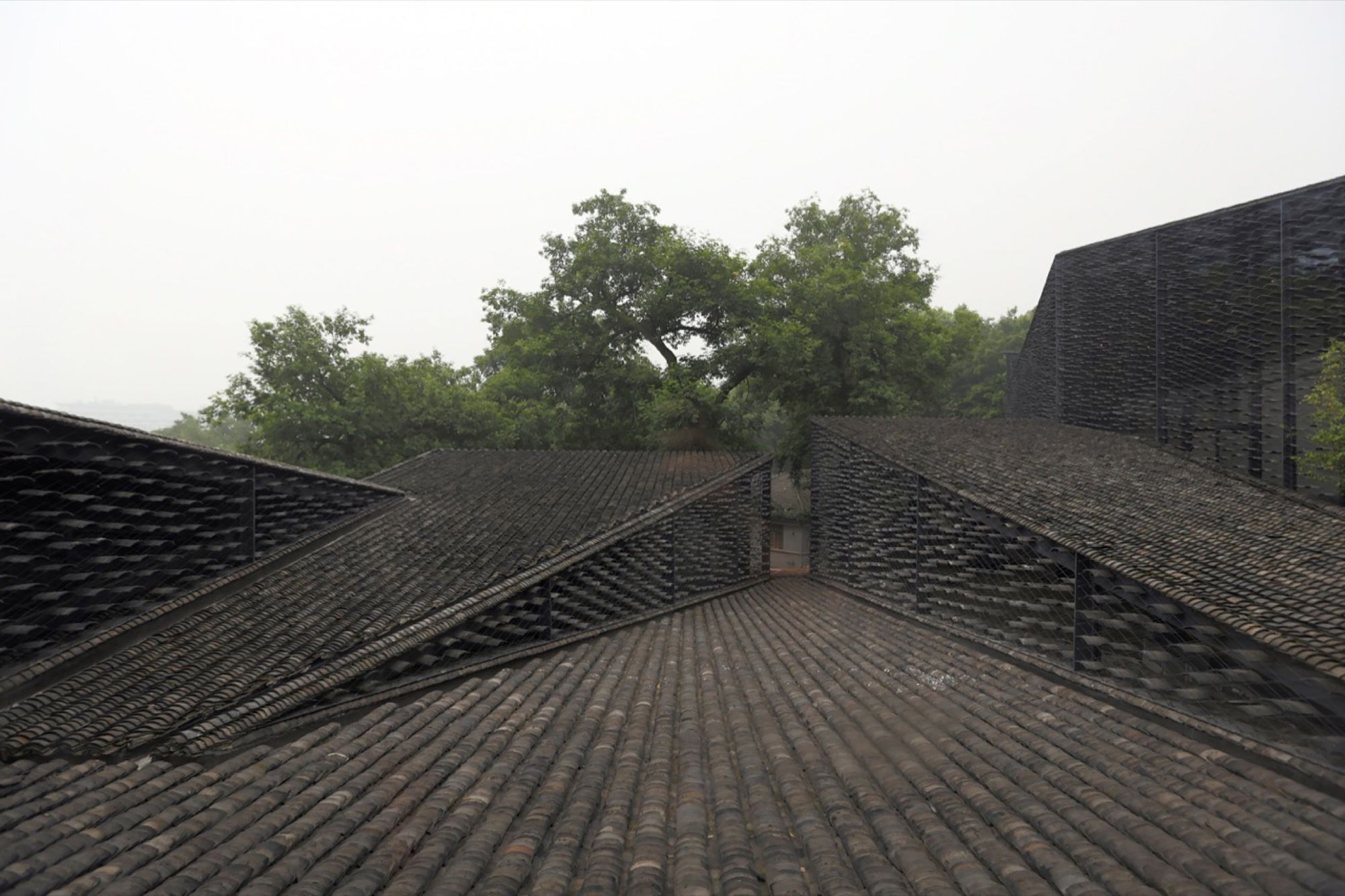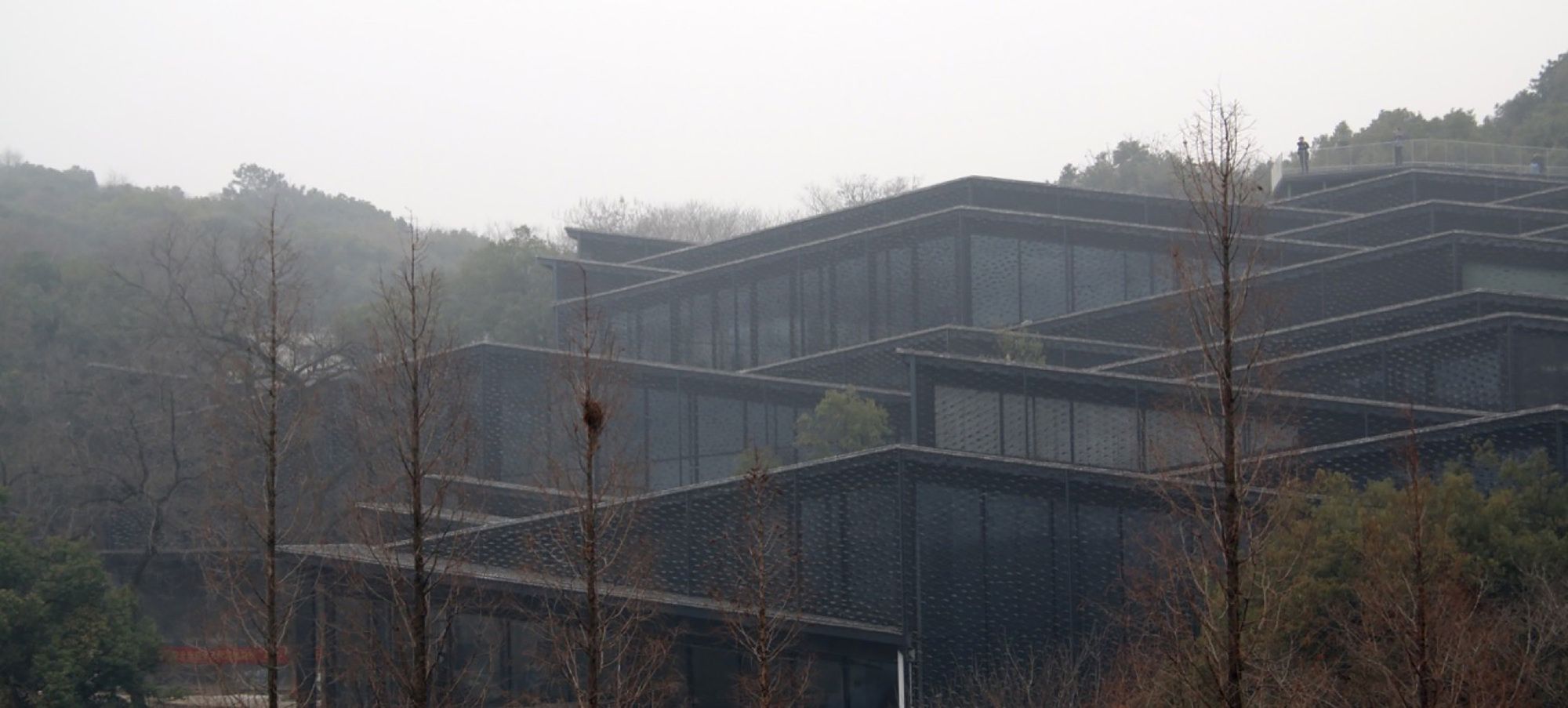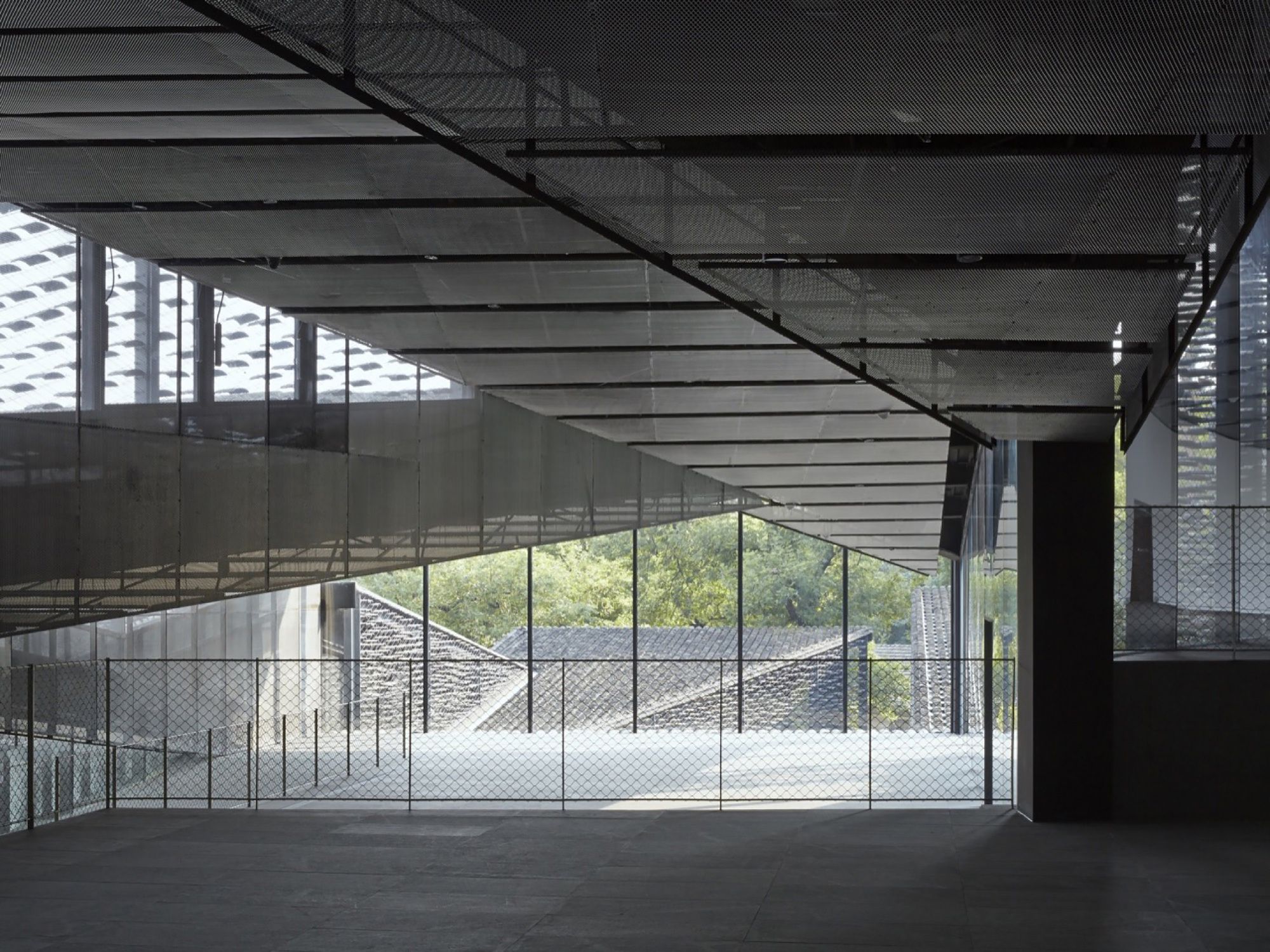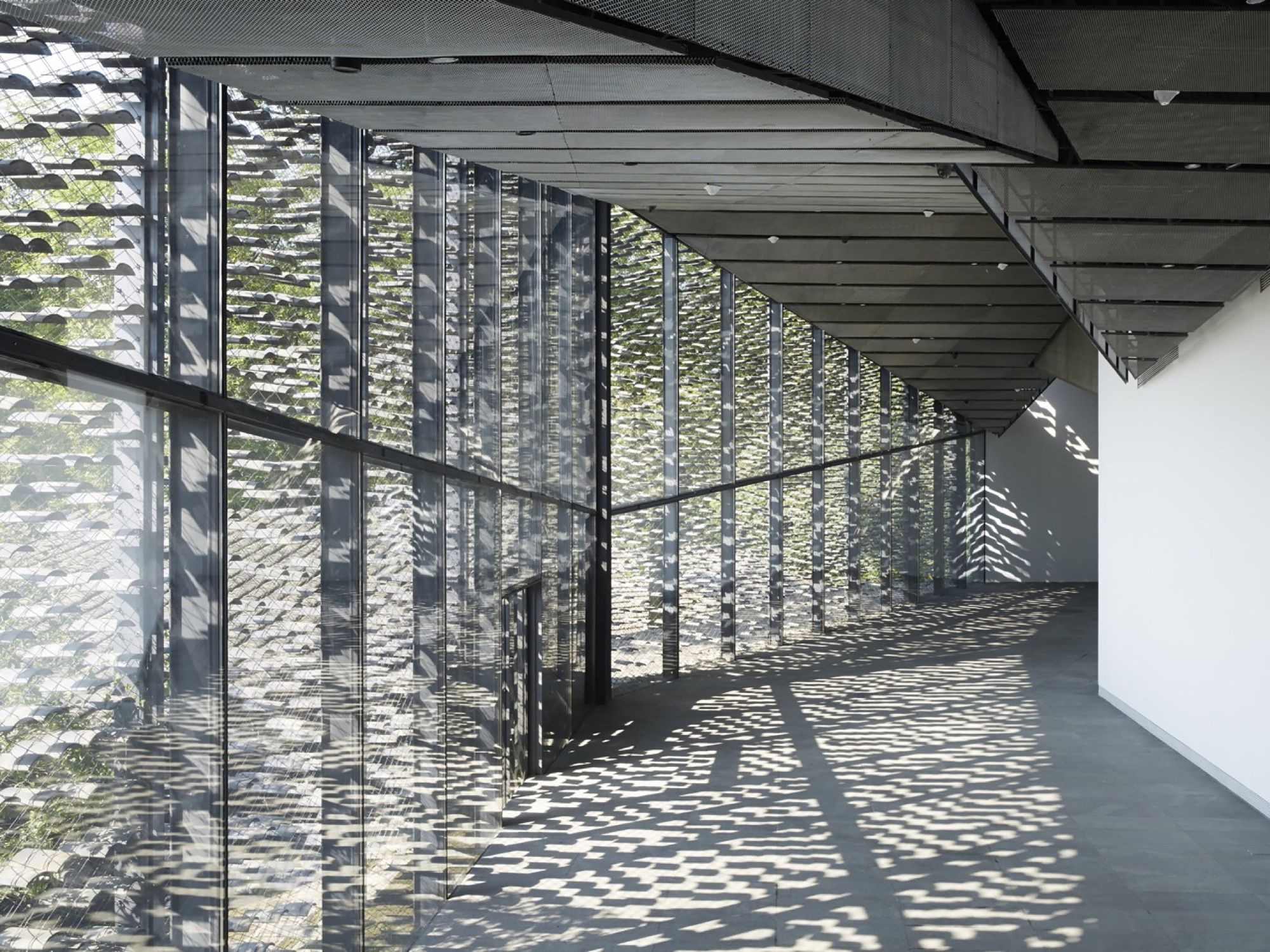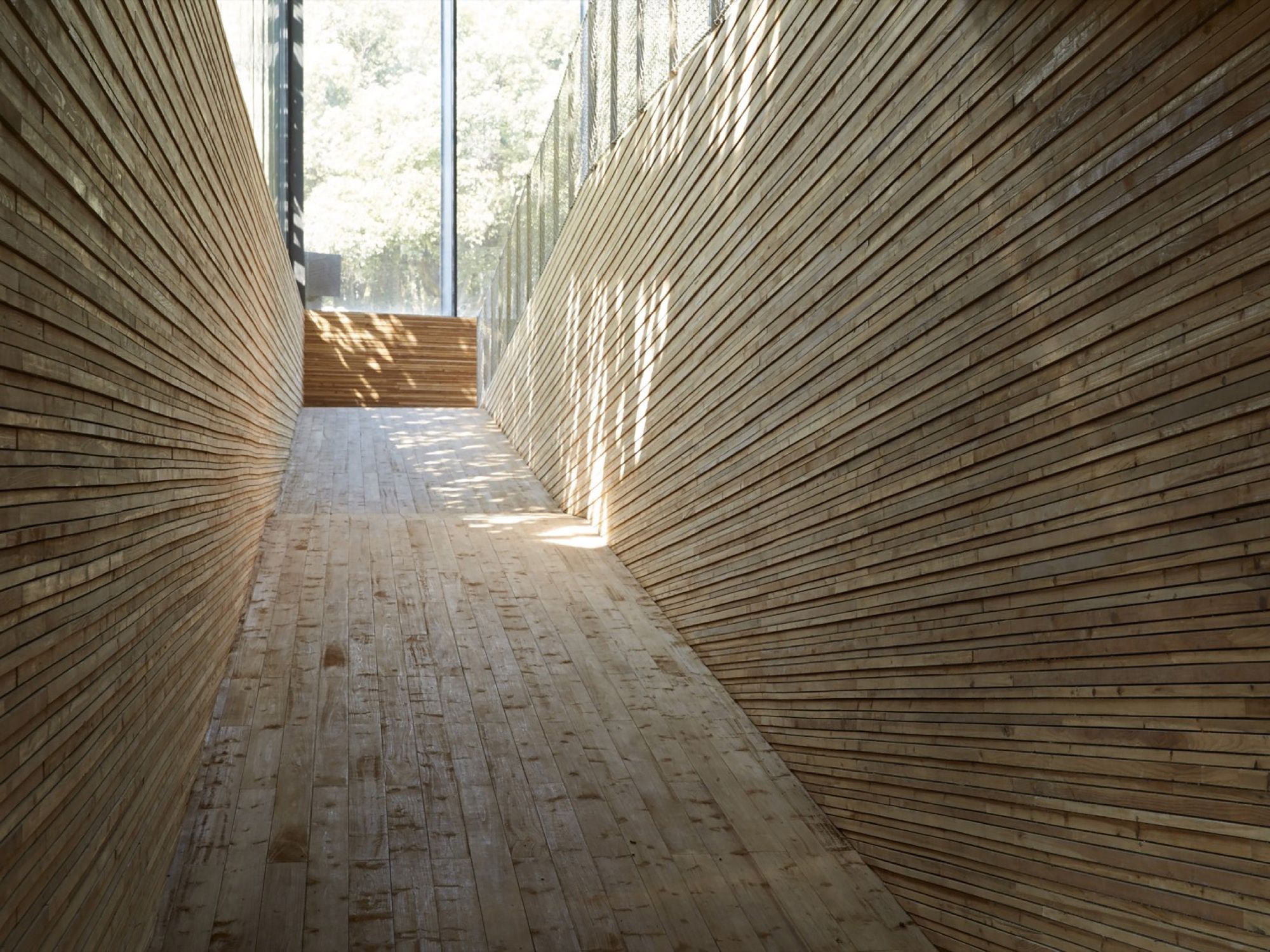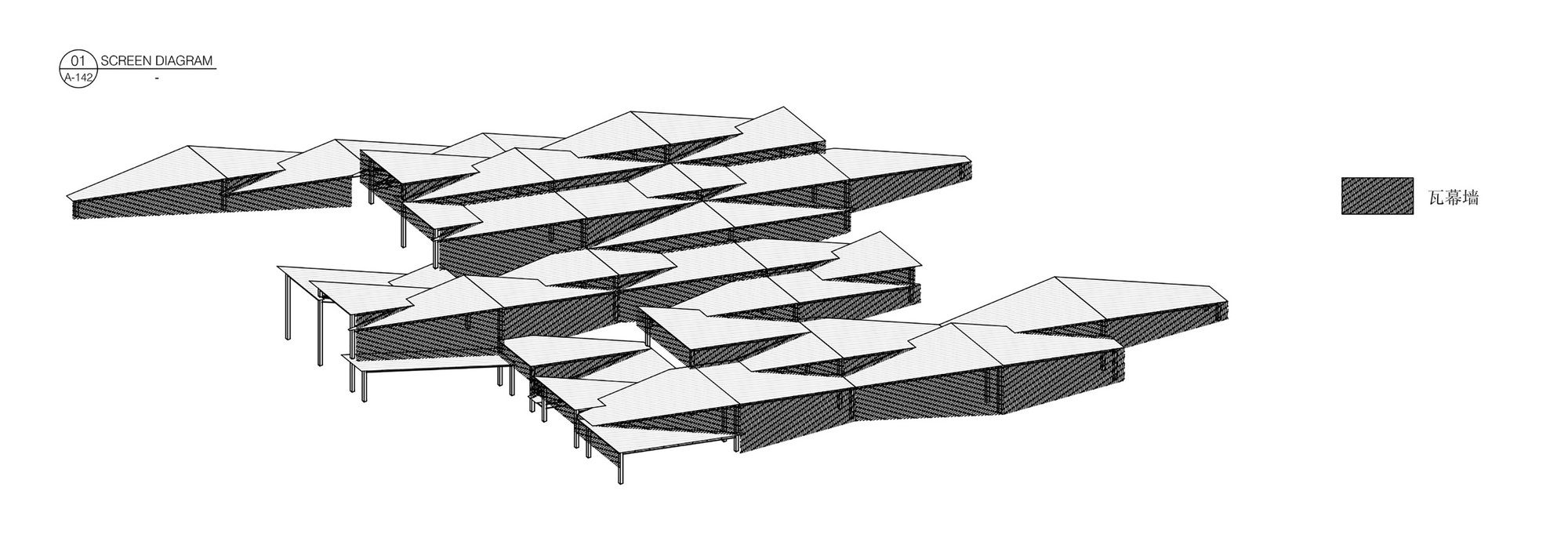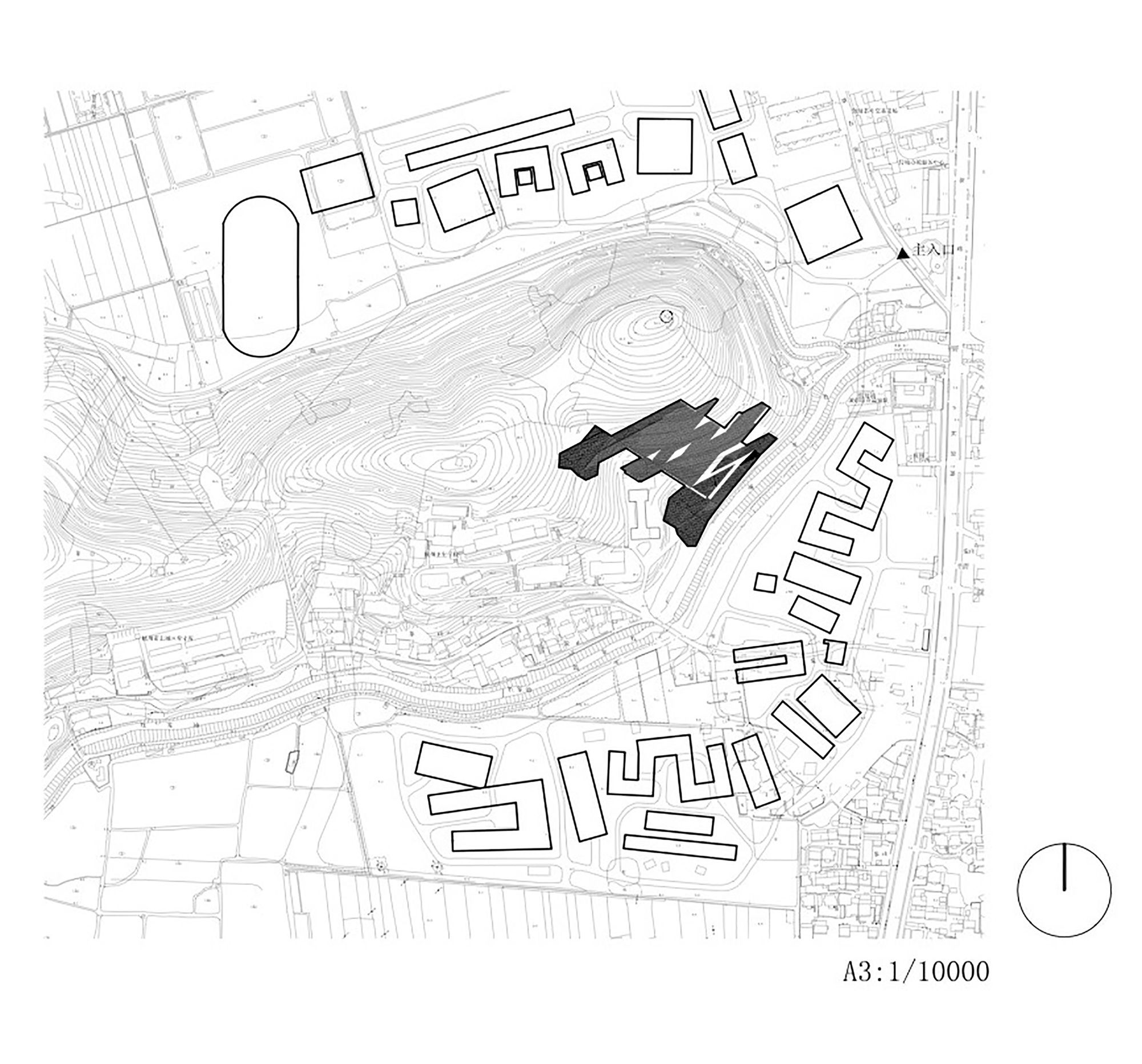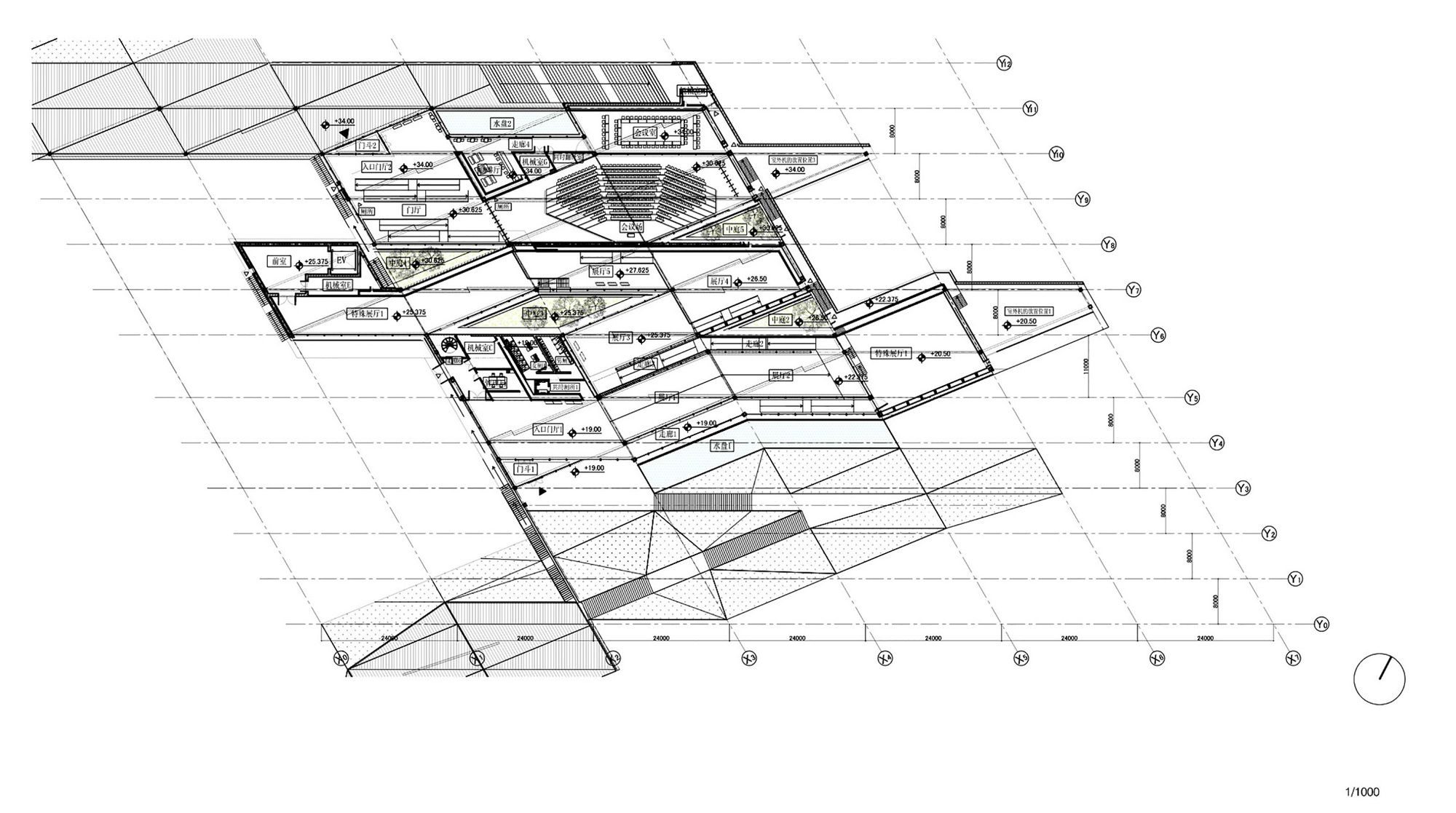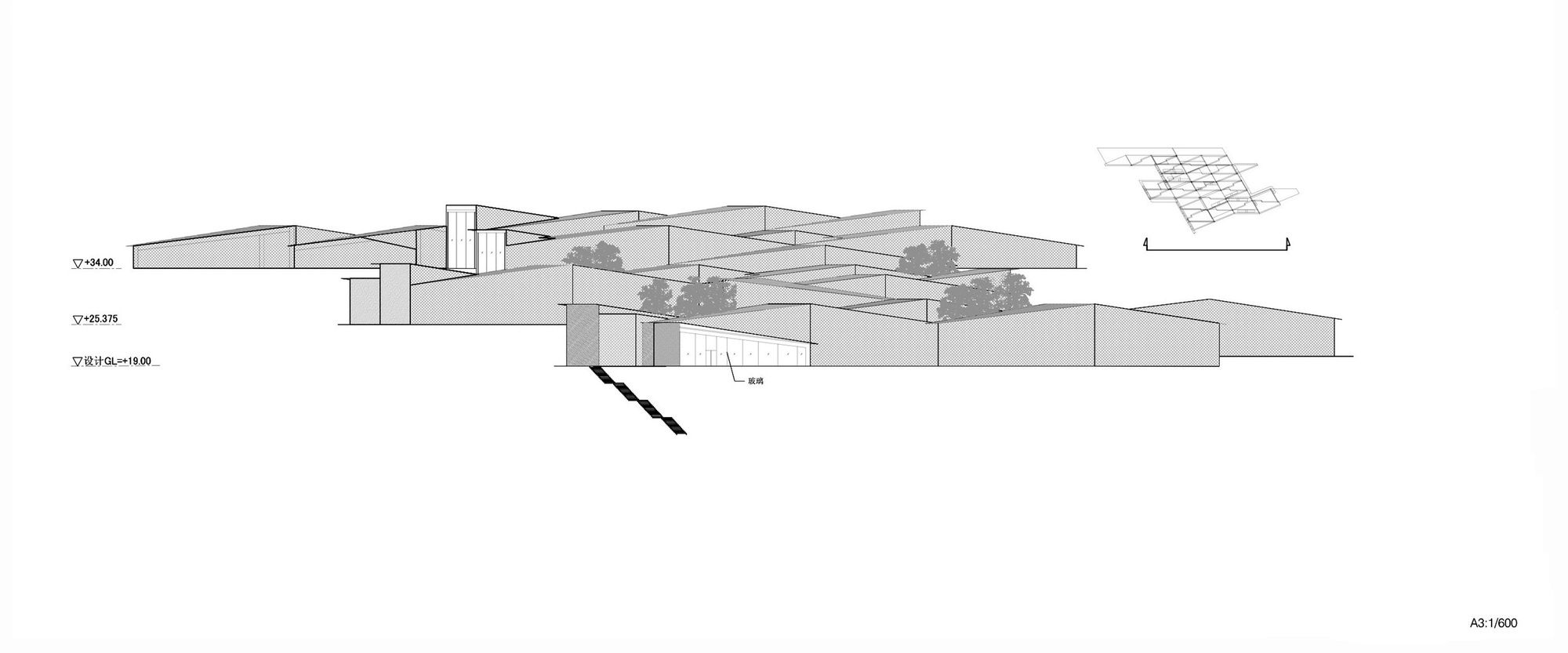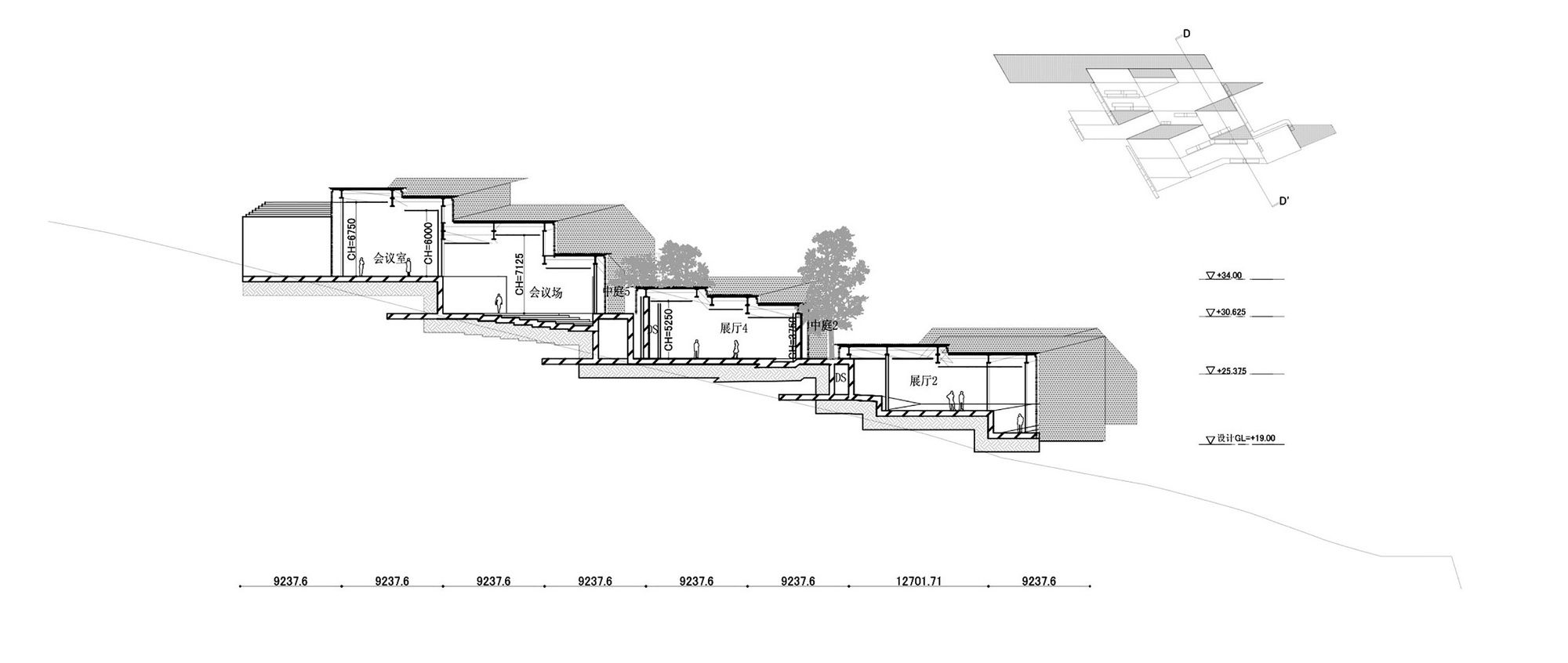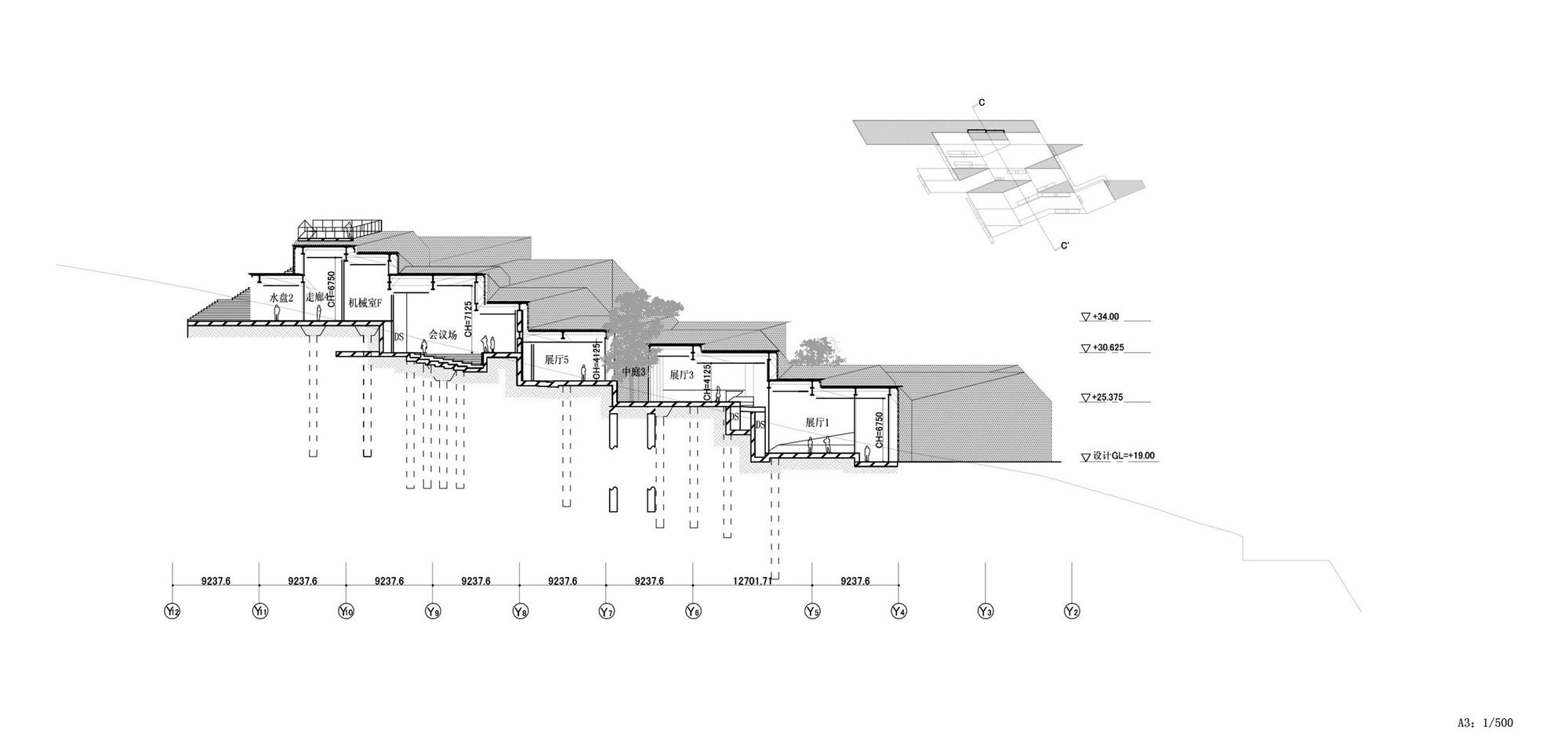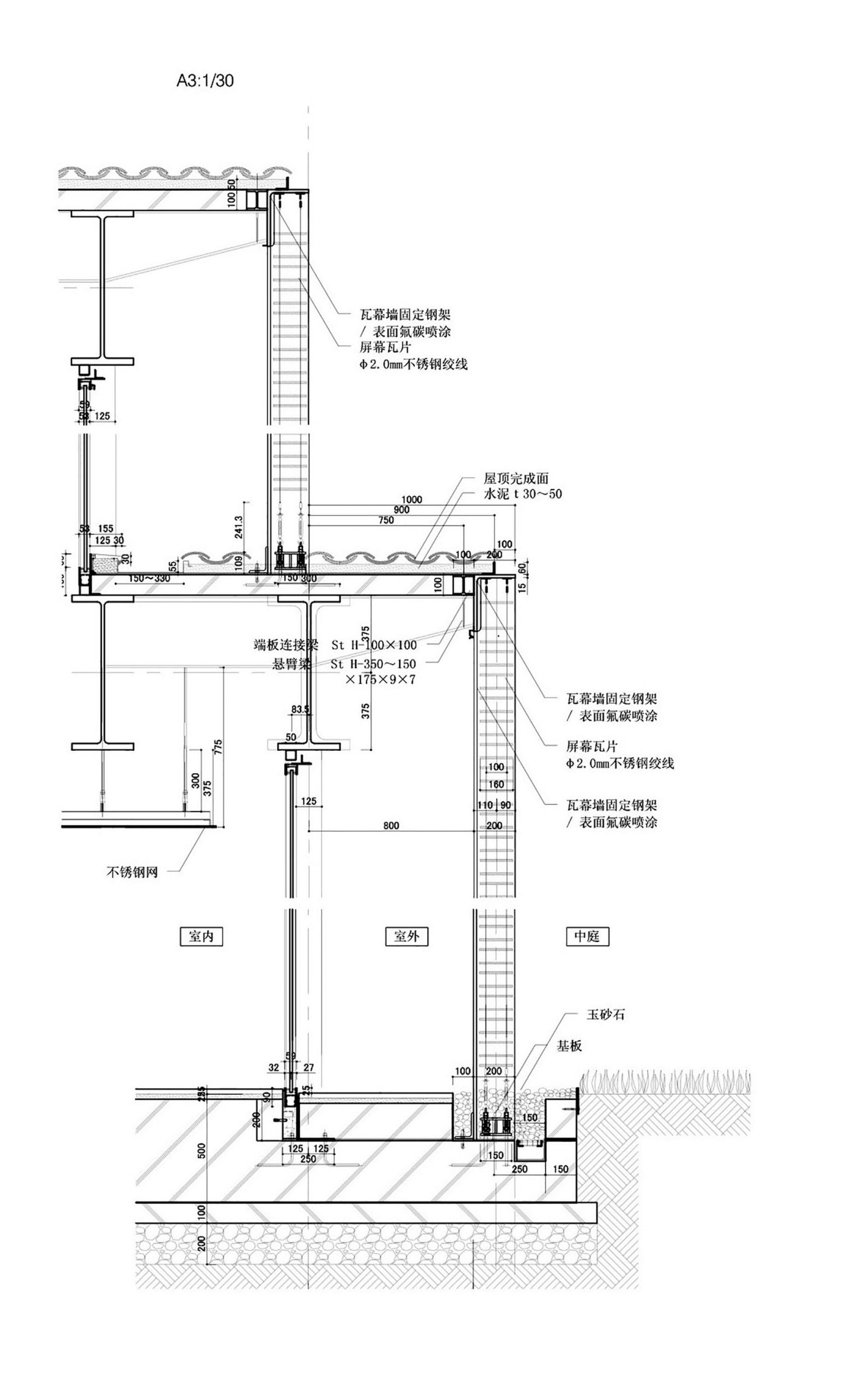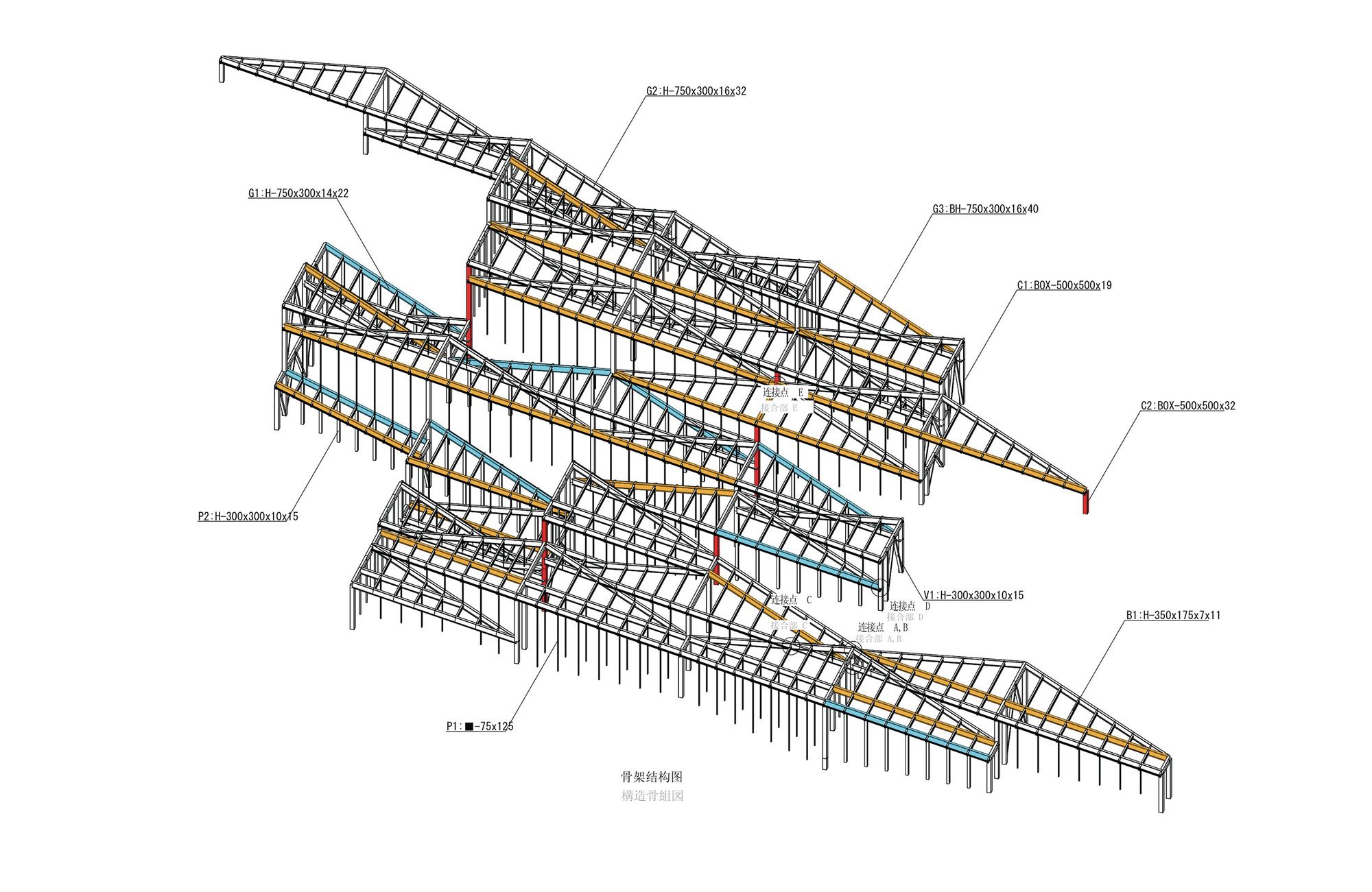Folk Museum
A facet of our existence denies us the basic right to violate the persisting continuities of long traditions, sustained habitations, national languages, and cultural geographies and rightly so for our most introverted thoughts to our more extroverted acts are enacted in terms of languages and images which we did not invent, but which were given to us by our society. The cultural component in any nation carries much weight, for culture is the family of the family. A famous saying stresses ‘cultura cura’, culture cures.
Japan-based architect Kengo Kuma has tastefully designed The Folk Art Museum for the China Academy of Art, in the Chinese city of Hangzhou. Playing a vital role in the field of education, The Folk Art Museum for the China Academy of Art-as the name correctly suggests- is dedicated to conserving, revitalizing and regenerating the country’s arts and crafts.
The building has been composed in a form that relates to the region’s geological terrain, and amalgamates with the surrounding green environment. The form has been cleverly furnished with tiles. With the employment of discarded roof tiles, an attempt to provide semblance between the building form and the environment that encompasses it stands triumphantly fulfilled. This gives the museum the appearance of a small local village. The tiles are also used across the structure’s facades, held in place with stainless steel wire. This serves the dual purpose of controlling the external views, while creating a dramatic internal play of light and shadow.
Name: China Academy of Arts-Folk Art Museum
Location: Hangzhou, China
Completed: September, 2015
Program: Museum, Conference Hall
Area: 4,970 sqm
photography by © Eiichi Kano
photography by © Eiichi Kano
photography by © Eiichi Kano
photography by © Eiichi Kano
photography by © Eiichi Kano
photography by © Eiichi Kano
photography by © Eiichi Kano
photography by © Eiichi Kano
photography by © Eiichi Kano
photography by © Eiichi Kano
photography by © Eiichi Kano
photography by © Eiichi Kano
photography by © Eiichi Kano
photography by © Eiichi Kano
photography by © Eiichi Kano
Perspective
Site Plan
Floor Plan
Elevation 1
Elevation 2
Section 1
Section 2
Detail 1
Detail 2
Structure Diagram



